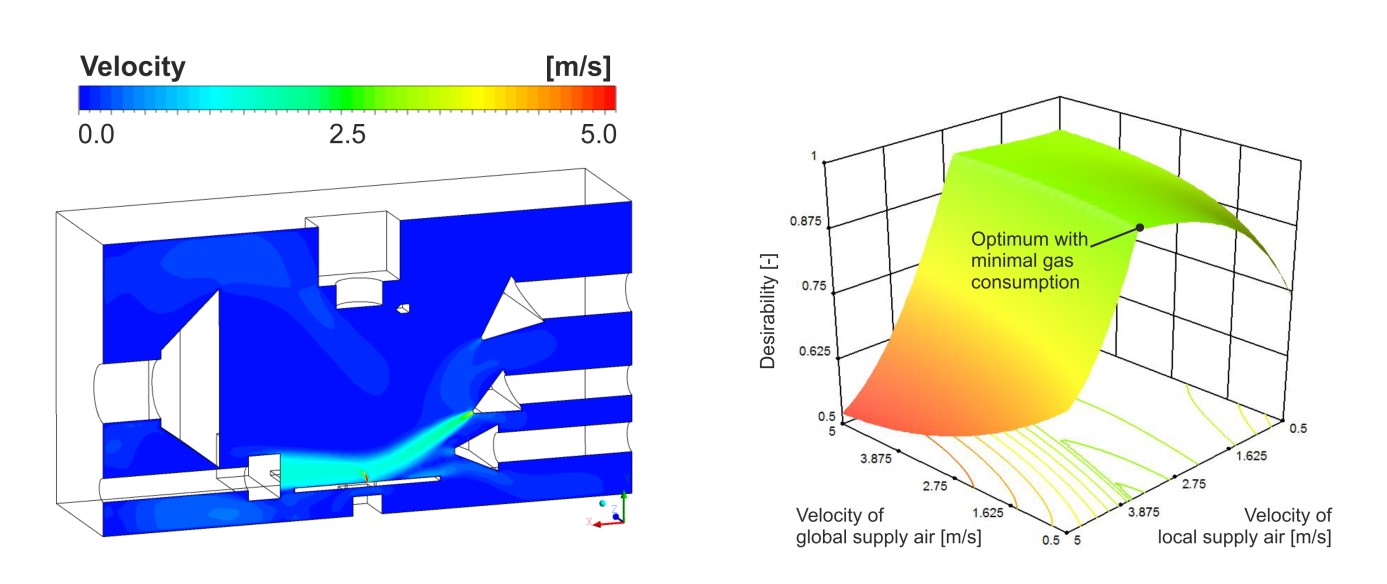For four days this October 7-10th, lasers and electro-optics industry experts and leaders from all over the world will congregate in Orlando, Florida for the 38th annual ICALEO conference, hosted by The Laser Institute (LIA). SOURCE The Laser Institute In its 38th iteration, The Laser Institute’s (LIA) flagship International Congress on Applications of Lasers & […]
ICALEO News
Introducing the New ICALEO
Laser Institute of America Celebrates its 50th Birthday in Times Square
The Laser Institute of America (LIA), a professional not-for-profit society for laser education, innovation and commercialization, celebrates its 50th birthday in New York’s Times Square today, ahead of its 37th landmark International Congress on Applications of Lasers and Electro-Optics (ICALEO) conference. In celebration of its 50 years, LIA showed thanks to the support received from industry giants IPG Photonics, […]
ICALEO will Discuss the Global Laser Materials Processing Market projected to grow to USD $23 Billion by 2025
The Laser Institute of America (LIA) will examine the photonics materials processing landscape worldwide at its 37th annual edition of the International Congress on Applications of Lasers and Electro-Optics (ICALEO). Laser industry professionals from academic and industrial backgrounds will gather this year at the Rosen Centre Hotel in Orlando, FL, October 14-18. ICALEO annually draws crowds of international attendees and companies, […]
Air Flow Control for Remote Laser Beam Welding
Developers and users of industrial remote laser beam welding applications are often faced with different challenges under the conditions of series production. First, those applications are preferably conducted without any localized gas shielding, and therefore, specific interactions between the laser radiation and the welding fumes are very likely to occur, causing an impairment of the process stability, the reliability and the weld seam quality. Second, welding fume residuals are capable of contaminating workpieces, optical components and other parts of the processing chamber, and they are also able to cause a serious pollution of the cabin atmosphere, because a significant part of the welding fume species is harmful or even toxic and carcinogenic. Each of these points gives a good reason to develop appropriate cabin air flow concepts, but in practice, it is still a challenge to design and optimize the air or gas flow because (i) the conditions of an ideal gas flow regime are uncertain, (ii) different gas flows are able to interact in complex manners, and (iii) it is costly to describe and monitor the gas flow characteristics inside the processing chamber experimentally.









